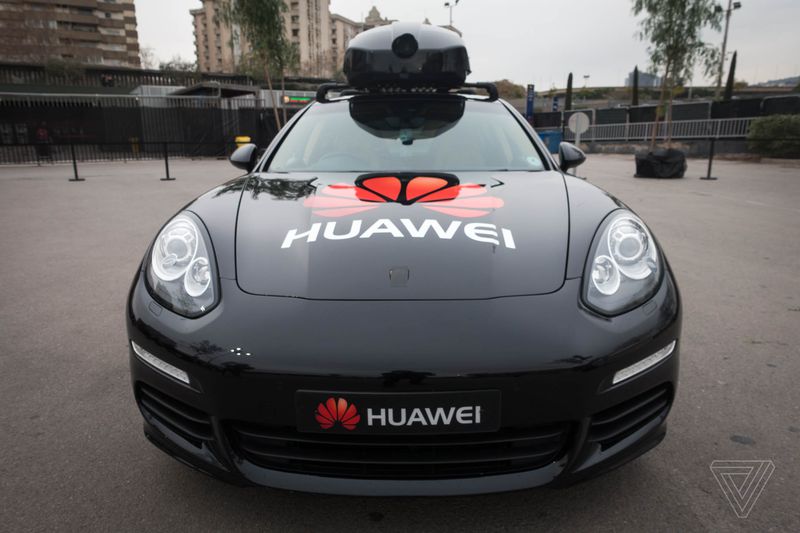The last thing you’d expect to be in the driver’s seat
The camera on top of this Porsche Panamera feeds information to Chinese company Huawei’s Mate 10 Pro smartphone.
March 9, 2018
With the invention of a new processor design, the Kirin 970, Huwaei Technologies Co., Ltd. was capable of turning a far-fetched idea into reality.
Huawei Technologies Co., Ltd. is a Chinese networking and telecommunications equipment and services company.
The company created the Kirin 970, which they claimed has artificial intelligence capabilities. The Kirin 970, which is available in their newest phones, contains a neural processing unit (NPU) that can perform various tasks. Previously, the NPU was only used in the camera app for image recognition and setting adjustment.
At the 2018 Mobile World Congress in Barcelona, Spain, Huawei presented the Kirin 970 in a larger setting in order to show what it was capable of. The Mate 10 Pro, one of Huawei’s smartphones, was linked to a Porsche Panamera and connected to a ski box that rested on the roof of the car. The ski box contained a camera and the NPU, which had the ability to recognize objects near the car and react to them.
The first part of the test drive was around a parking lot where the equipment detected three obstacles. The car’s passenger notified the phone how to maneuver around them by choosing from three options, swerve left, swerve right or brake.
The second part of the test drive was a 30 mph ride where the car had to recognize one of the objects and react to it.
Despite the successful test drive, Huawei will not create self-driving cars. The presentation was only meant to display the NPU’s ability to interpret images, match them to objects and identify items that it doesn’t recognize.








